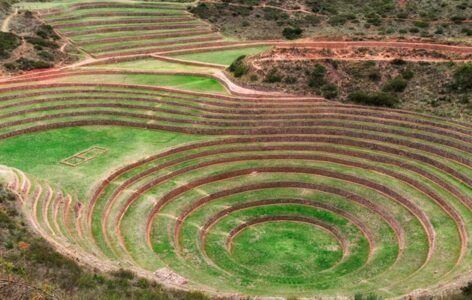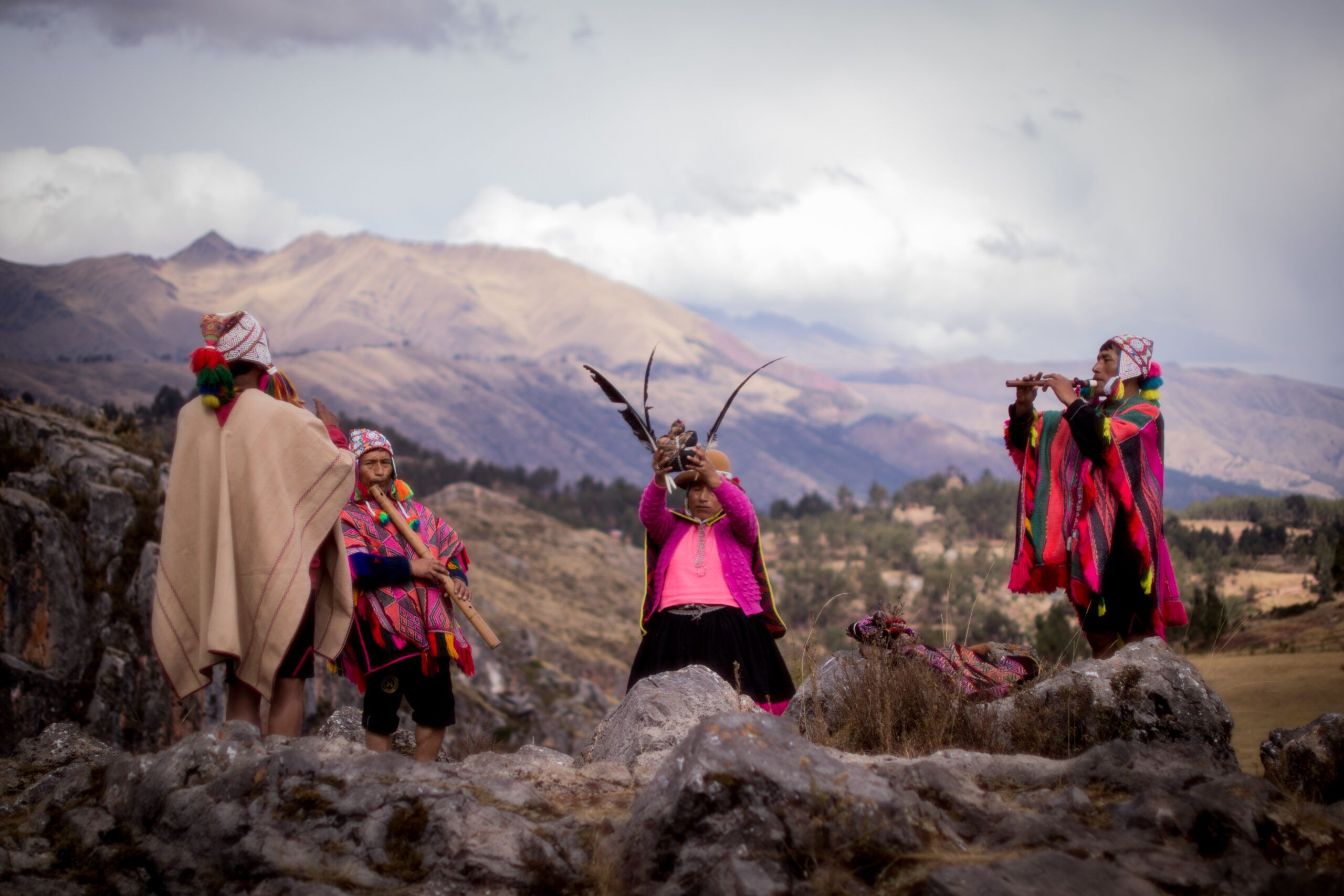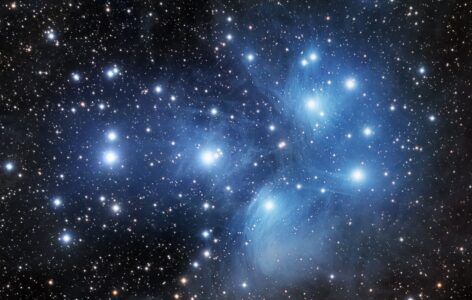The question of how and when humans first populated America remains one of archaeology’s most fascinating puzzles.
Current evidence suggests that as early as 13,000 years ago, hunter-gatherer groups were already present in North America, as shown by stone tools found alongside mammoth and mastodon remains.
The traditional Bering Land Bridge theory posits that these early migrants crossed from Siberia during the last Ice Age when lower sea levels exposed a land connection between continents.

However, new studies suggest alternative coastal migrations—both Pacific (Fladmark, 1979) and Atlantic—complicating the traditional “ice corridor” narrative.
As Borrero (2011) argues, this diversity in migration paths points to a complex, multifaceted peopling of South America, a phenomenon science continues to unravel.
The Atlantis Myth and Colonial Imagination

During the colonial era, some chroniclers turned to Plato’s Timaeus, weaving the myth of Atlantis into the origins of Indigenous Americans (Tord, 1996).
This narrative linked New World peoples to biblical Genesis, framing them as descendants of Atlantis—a trope later amplified by Francis Bacon in The New Atlantis.
Inspired by navigator Sarmiento de Gamboa, Bacon drew parallels between the fabled riches of Atlantis and the civilizations of Peru and Mexico.
America as European Utopia
These competing narratives – scientific and mythical – reveal how conceptions of America’s origins have always served contemporary agendas.
For archaeologists, migration theories reflect evolving understanding of human adaptability.
For colonizers, the Atlantis myth justified conquest by framing Indigenous peoples as remnants of a lost white civilization rather than original inhabitants.
Modern genetic studies continue to reshape our understanding, revealing complex patterns of migration and interaction that neither the Bering Strait nor Atlantis theories fully capture.
As research progresses, the story of America’s first peoples promises to grow even richer and more nuanced.
Author: Joan De la Colina Roman
References
- Borrero, L. (2011). La arqueología de cazadores-recolectores: ambiente y conocimiento.
- Fladmark, K. (1979). Routes: Alternative migration corridors for early man in North America.
- Tord, Luis Enrique (1996). Nueva Atlántida.
- Bacon, F. Nueva Atlántida.



